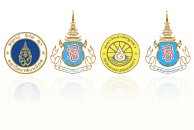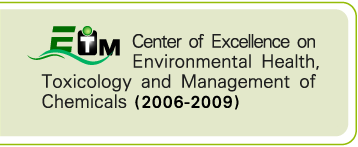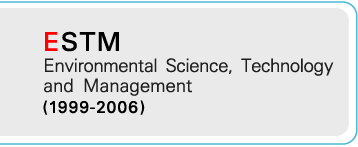| To assess the transfer and fate of radioactive contaminants in the marine environment the information on physical and chemical parameters of radionuclide carriers is required. The release of radionuclides associated with particles of different sizes and mineralogical composition to the marine ecosystems can considerably affect their transport and bioavailability. Although, Thailand is not a nuclear power source that causes radioactive release to the environmental but radioactive contamination can be spread without limit and worldwide fallout. Adsorption studies of sediments and macro algae collected from the upper gulf of Thailand, it is important to determine the effectiveness of radioactive adsorbed by various sediment and different conditions.
Our main objectives were (a) to assess efficiency of sorption on 137Cs in the macro algae, (b) to assess the effect of marine sediment composition on 137Cs sorption by studying four sediments from difference site in the upper gulf of Thailand, and (c) to relate pesticide sorption with difference organic matter content and sediment solution properties. This study was conducted using batch method under different type of macro algae for cesium stable sorption that it has poorly absorbed. From this result we designed to change sorption of marine sediment and this study was conducted using batch method under different characteristic of marine sediment from four station and different physicochemical conditions including contact time, pH, and potassium concentration levels. The sorption process is depend on characteristic of the marine sediment samples (clay content, CEC, organic matter and particle size) with distribution coefficient (Kd) found to increase with increase in CEC, and clay content that indicate the degree of sorption of 1137Cs to the sediments were strongly dependent on particle size. On the other hand the Kd to decrease with increase organic matter and particle size. The effect of potassium concentration on 137Cs sorption a similar pattern for all sediment samples, depending on sediment type. At higher potassium concentration less 137Cs was sorbed. But found no clear effect of pH on all sediment samples. Desorption experiment, low percentage of desorption 137Cs that may sorb strongly and almost irreversibly on the sediment sample that as clay texture แหล่งข้อมูล:
|
 Center of Excellence on Environmental Health and Toxicology (EHT)
Center of Excellence on Environmental Health and Toxicology (EHT)










